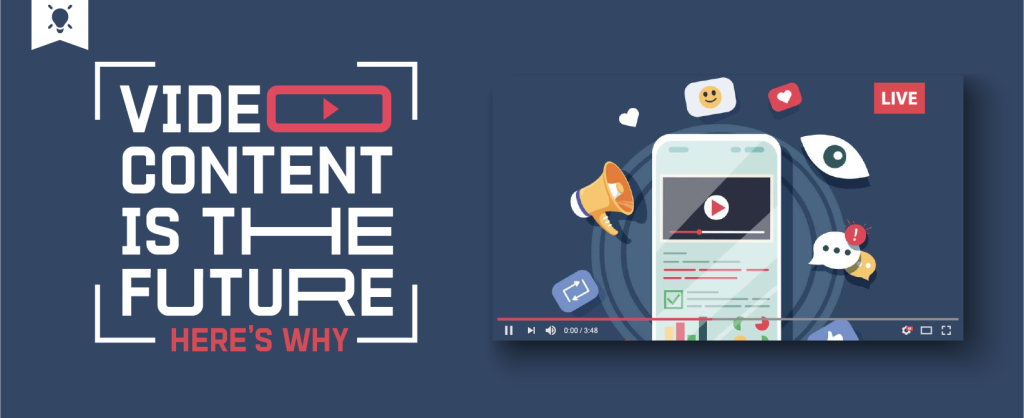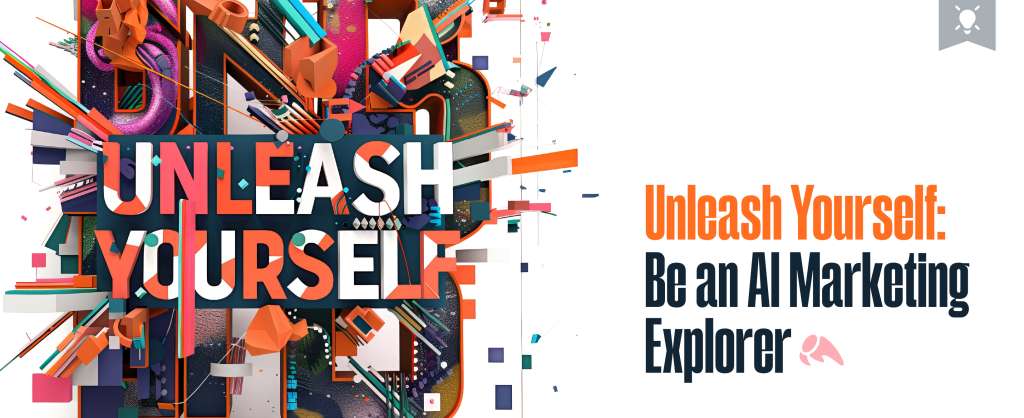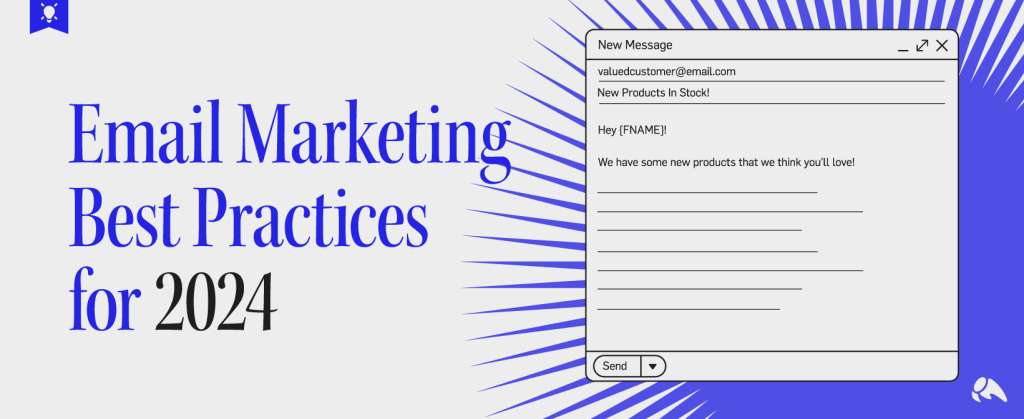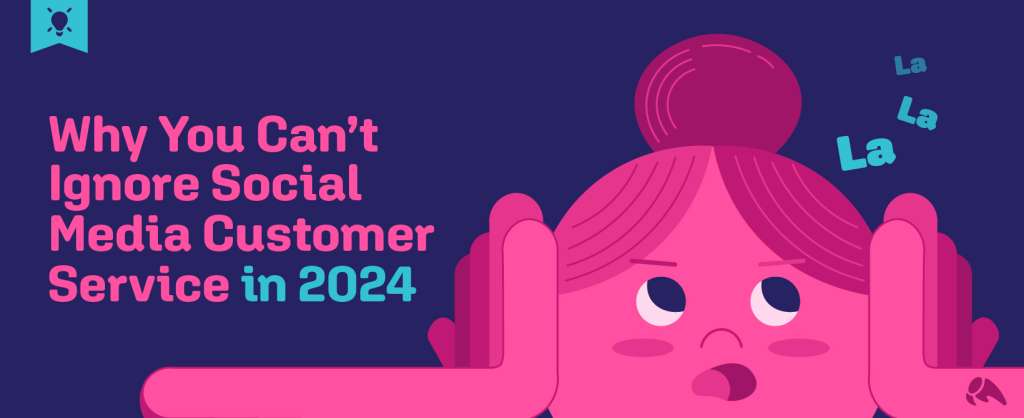
Powered by RedCircle
Anyone who has spent the last few years in the marketing biz has no doubt noticed that video content has increasingly become a hot commodity for marketers, whether at an agency-to-client level on a personal branding scale. Instagram and TikTok are now two massive platforms that place extreme priority on video content. YouTube is the second-largest search engine in the world. It is now well-established that Facebook users prefer video content at an engagement level when compared to their still-life partners. Take a casual scroll through your Twitter feed and no doubt you’ll see plenty of videos sausaged between lame puns and hot takes. So why should you care?
If Big Tech cares, you need to care
Big tech companies like Facebook, Google, TikTok, and Twitter more or less dictate the terms of what is and is not a relevant or important medium in online spaces. Just pragmatically speaking, if these companies are favoring a particular type of content it is likely that:
- There is a reason, and;
- As a marketer of any kind, you will need to build your content to cater to the preferences and guidelines of these companies if you want to run successful campaigns or build successful brands online.
If many of these companies are pushing video content hard (and they are) you need to make that a priority in your digital marketing efforts, or else risk getting squashed by competitors who are more willing to play ball, full stop.
People like it
Put simply, we are living in a culture where the preferred mode of media consumption is visual. This is not new — by the 1980s, widespread access to broadcast television had already contributed to the usurping of the written word as America’s medium of choice. While some facets of the internet have preserved the value of written word (you are reading this, after all), it has also entrenched the visual medium as the far-and-away most popular way to receive information. The wild successes of the streaming juggernauts have only made this more obvious.
People, on the whole, prefer moving images, they have for decades, and they are now incredibly used to it on demand. 54% of consumers actually want to see more video content from businesses and brands that they engage with. As of 2022, an average person is estimated to spend 100 minutes per day watching online videos. The bottom line is people prefer video, and tech platforms are taking note.
It is the most effective medium
At least for the kinds of metrics that marketers are chasing after. In a study conducted by MediaMind, users were found to be 27.4 times more likely to click-through an online video compared to a standard banner ad, and 12 times more likely than a rich media ad. In 2016, Forrester found that including video in an email leads to a 200-300% increase in click-through rate. This has of course become apparent to the large tech companies who make most of their money on marketing dollars from small and large businesses alike, and they have bought in.
It is only becoming MORE popular
TikTok is quickly becoming a beast in the American market and beyond. They have over a billion monthly users, and 130 million of them are right here in the USA. As you no doubt know, TikTok is a platform that functions almost entirely through video content (although there is still, of course, the dreadful comments section). The demographic breakdown looks more or less something like this:
for my agency friends: now ur clients can’t tell you tiktok is just for teens… ur welcome. pic.twitter.com/KBqUVcWjkQ
— Taylor Cohen (@ttayl0r) September 11, 2020
That’s over 100 million eyeballs glued to one platform that is opened by its users on average 8 times a day. Many of those eyeballs are set in the heads of young people between 20-29 who will soon be entering the workforce on a full-time basis (if they haven’t already), which means almost an entire generation of users who will have a more flexible income for the first time in their lives. You get the picture.
Perhaps an even more powerful number from this user data: 32% of TikTok users are between the ages of 10-19. The takeaway here is not that TikTok is some infallible platform — it’s entirely possible that TikTok will crash and burn in 5 years for some reason or another. But the platform’s current success tells us a few things about the Gen Z/Younger Millennial: first of all, video is a powerful medium that people- especially young people- prefer and seek out and that they are actively seeking out; second of all, an entire youth subset of the world population is going to be raised on platforms like TikTok, YouTube, Instagram Reels, streaming and the like. They are going to be conditioned from a young age to prefer video content, which I think we can pretty safely say means that video will not just be a preference but an absolute given- a necessity- to engage and convert them when they are adults.
Gen X was the first generation truly raised on broadcast television. Gen Z is going to be the first truly raised on social media platforms. As users and platforms push harder and harder for video content, it will become more and more important to actually have quality video content. If marketers aren’t ready for that, they’ll get left behind.







